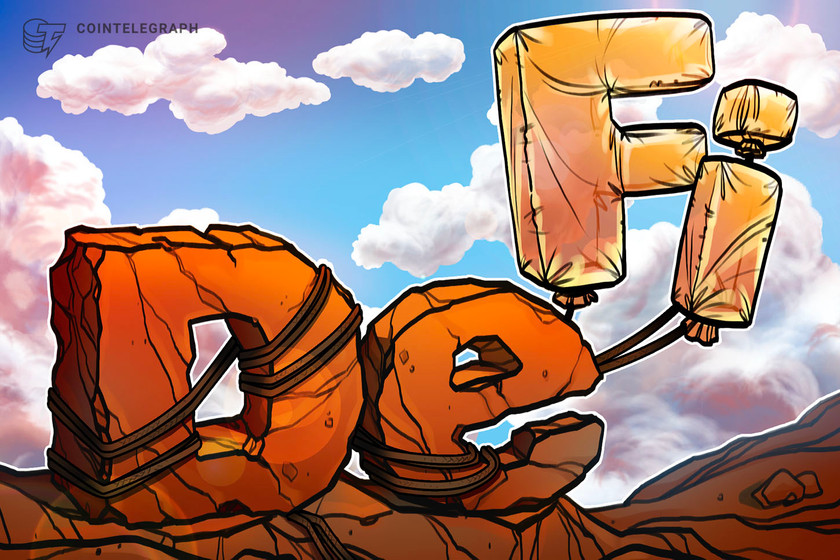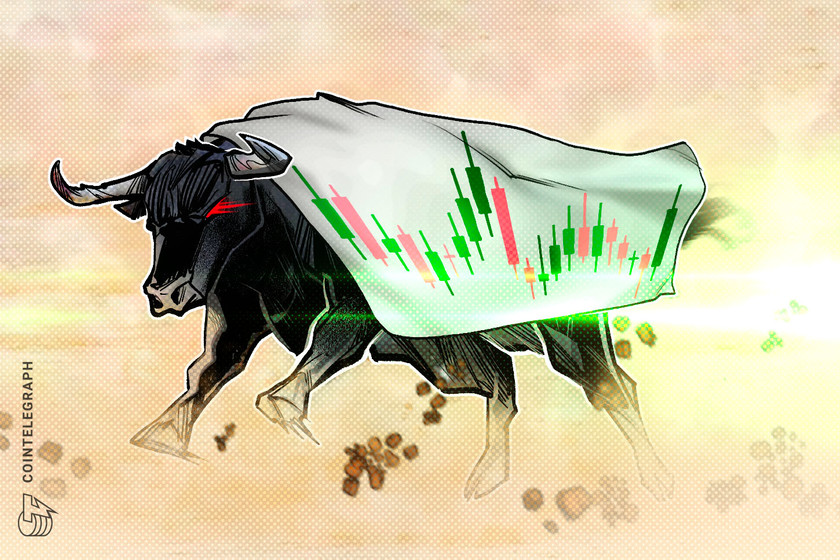Are Cosmos’ ecosystem growth and roadmap enough to sustain ATOM’s current 50% monthly rally?


ATOM gained 50% in January, and while the broader crypto market could remain bullish for some time, does the Cosmos ecosystem have strong enough fundamentals to support further upside?
In September 2022, Interchain Foundation, the team behind the development of Cosmos, introduced the Cosmos ATOM 2.0 white paper. The document proposed significant changes to Cosmos’s design, including a tokenomics upgrade to fund ecosystem development and reduce Cosmos (ATOM) inflation.
While the white paper launch acted as a bullish catalyst for ATOM’s price, the community vote to pass the proposal eventually failed, primarily because of its enormity. Some community members wanted to take a measured approach to each development feature listed in the white paper, starting with interchain security in Q1 2023.
Interchain security will enhance the value accrual position of ATOM as a modular chain. New blockchains will be able to borrow the security from it and pay Cosmos hub validators.
Despite the rejection of the Cosmos 2.0 white paper, the team continues to work on the upgrades mentioned in it. The other improvements in tokenomics will be introduced as a separate proposal to the Cosmos community.
The first week of February witnessed a technical bullish breakout in ATOM’s price. If buyers continue to accumulate, there’s a solid chance of a short-to-medium trade rally.
Interchain Security to bring more value to ATOM stakers
The interchain security implementation remains the most crucial breakthrough in accruing value to ATOM holders. The feature will allow independent blockchains, called consumer chains in the Cosmos ecosystem, to rent security from the validators of the Cosmos hub. Existing Cosmos SDK-based blockchains can choose to be consumer chains too. This will bring additional staking rewards for ATOM holders.
The Cosmos team concluded its developer’s “Game of Chains” campaign to test consumer chains before rolling out the mainnet version of interchain security. They will implement this feature in Cosmos’s lambda upgrade (v9) sometime in February.
Development of Cosmos ecosystem and IBC expansion
One of the most prominent developments will be the introduction of Circle (USDC) on Cosmos. The stablecoin will enhance the liquidity of Cosmos’s decentralized finance ecosystem.
The Cosmos SDK is used to construct many popular blockchain and cryptocurrency projects, such as Binance DEX, Kava and more recently, dYdX. Until now, ATOM didn’t accrue any value from this implementation. However, this will change with interchain security and other developments with cross-chain implementation.
The Inter Blockchain Communication (IBC), which enables interoperability between Cosmos-based blockchains, showcased impressive growth in 2022. Moving forward, the project’s team will implement the interchain scheduler, providing an open and transparent maximal extractable value (MEV) marketplace for cross-chain transactions. It will look to standardize ATOM as the default gas token for IBC transfers, though the fees can be paid in multiple tokens.


In the future, the IBC will help the Cosmos ecosystem expand to other blockchains, such as Ethereum, Near and Polkadot, improving liquidity and traffic with it. The change in ATOM’s tokenomics with interchain allocator to fund ecosystem growth and eventually reduce inflation will also be implemented in time.
Related: Injective launches $150M ecosystem fund to boost DeFi, Cosmos adoption
Since the beginning of 2023, ATOM’s price has increased by 61%, partly attributed to the broader rally in the crypto market. Nevertheless, the gains were still more significant than Bitcoin (BTC) and Ether (ETH), which gained 48.10% and 43.20%, respectively.
Coinglass data shows a steep spike in the open interest volume for ATOM futures orders from $65 million to $92 million, setting the token up for increased volatility. The funding rate and long vs. short ratio suggest that the interest was primarily in long orders. An over-leveraged futures market can provide headwinds for buyers as sellers will look to run the stops of long players.
The weekly chart of ATOM/USD broke above the 50-day exponential moving average (EMA) at $14.20. The metric has acted as a pivotal level for trend reversals. If the price closes above the 50-week EMA at the end of February’s first week, technical buyers will look to accumulate ATOM for a swing trade.
If the uptrend continues, the bulls will target the resistance levels at $17.20 and $25.20. On the downside, long-term support lies at $6.50 and $3.10.


The Cosmos community has long anticipated the interchain security feature. Thus, the token has a higher chance of sustaining its breakout, at least until the launch.
The growth and the proportion of yield it brings will either keep the bullish momentum alive before the Interchain Foundation moves to the next update or see a fading momentum until the proposal to improve ATOM emissions is finally passed by the community.
The views, thoughts and opinions expressed here are the authors’ alone and do not necessarily reflect or represent the views and opinions of Cointelegraph.
This article does not contain investment advice or recommendations. Every investment and trading move involves risk, and readers should conduct their own research when making a decision.






























